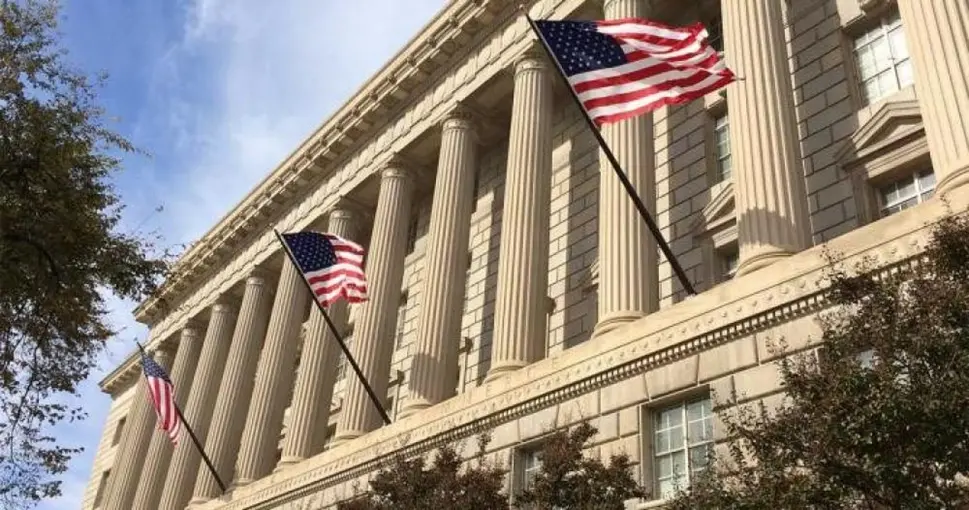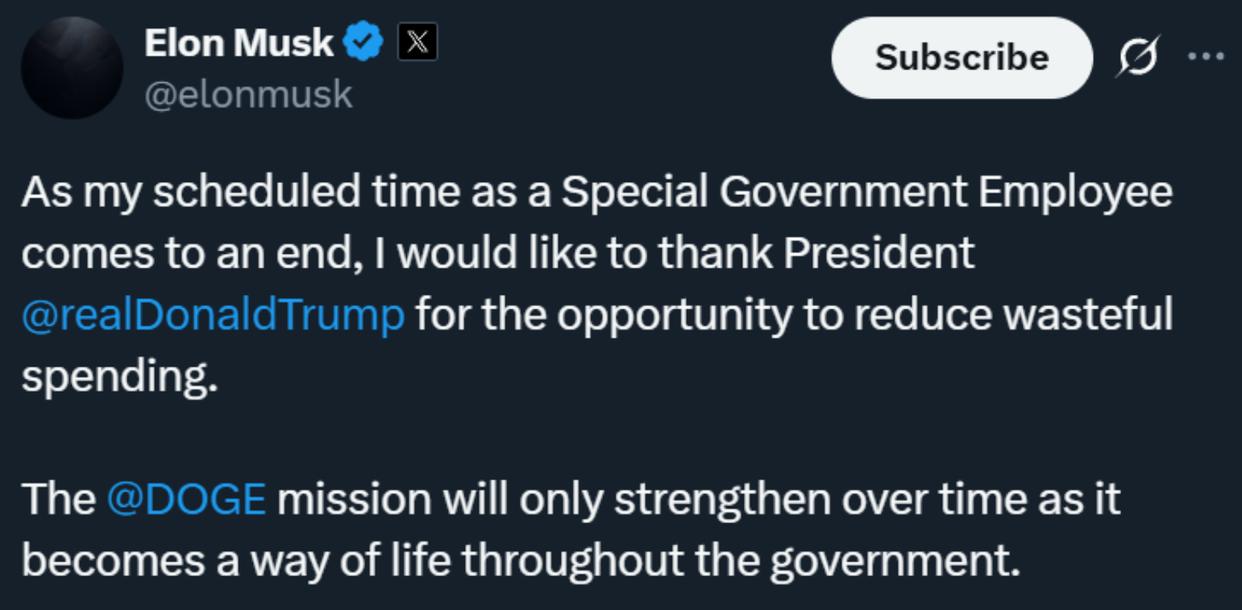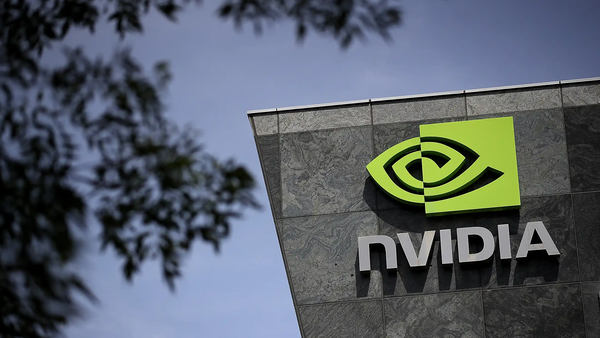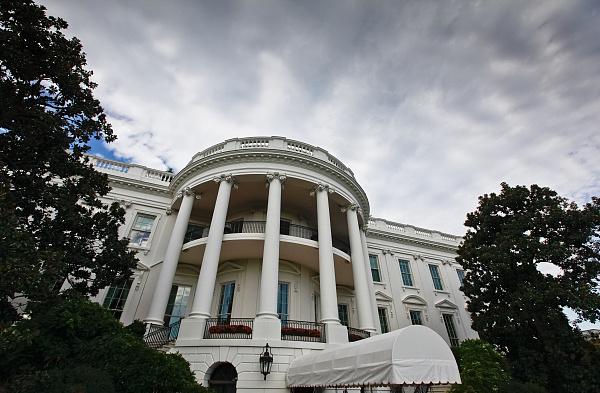
According to reports from Reuters, TASS and other foreign media on the 10th, according to the news released by the Bureau of Industry and Security, a subordinate agency of the US Department of Commerce, the department decided to include 11 entities from Russia, China and the UAE in the export control list on the grounds of so-called “national security” and foreign policy issues.
According to TASS, among the above 11 entities, 3 are from Russia, 6 are from China, and 2 are from the UAE. Reuters said that the US decided to impose trade restrictions on these entities.
A “blacklist” of countries banned from entry within the US federal government has been widely circulated in the US media recently, and public opinion has speculated that Trump is brewing the latest version of the “travel ban”. It is understood that there are dozens of countries involved in the latest disclosed list, which is even more severe than the ban issued by Trump during his first term in 2017 – the “Muslim ban”.
The New York Times reported on the 15th that there were 43 countries on the internal government memo obtained by the media, and they were divided into three restriction levels: red, orange and yellow. Among them, there are 11 countries marked in red, including Afghanistan, Cuba, Iran and Libya, and the citizens of these countries may be completely banned from entering the United States. The orange level means that there are “certain restrictions” on going to the United States, and activities such as immigration, tourism and studying abroad may be hindered. There are 10 countries corresponding to this level, including Haiti, Laos, Pakistan and Myanmar.
In addition, the memorandum also intends to issue a “yellow warning” to 22 countries, that is, these countries have many “disadvantages”, such as insufficient communication with the United States, failure to provide inbound passenger information in a timely manner, or illegal sale of citizenship. If they cannot make changes to the above problems within 60 days, they may be included in the first two restriction levels. According to reports, the third category of countries mainly includes Zimbabwe, Angola, Benin, Cameroon, etc. It is not clear whether the citizens of the above countries have been affected or whether their visas will be invalidated as a result.
According to insiders in the US government, this list was drawn up by the State Department several weeks ago, and security experts from US embassies, intelligence agencies, and other government agencies have been evaluating it recently. The list may change before being submitted to the White House. The US State Department did not respond to media inquiries.
Time magazine said that the latest memorandum was actually a draft of the Trump administration’s “Travel Ban 2.0”. As early as the 2024 election stage, Trump had repeatedly emphasized that he would restore the 2017 travel ban on his first day in office, and threatened to “block the border” and prohibit people from “terrorist-infested areas” from traveling to the United States. If the list becomes the final version, the effectiveness and enforcement of Trump’s “Travel Ban 2.0” will far exceed the previous version. On January 27, 2017, a week after Trump entered the White House, he signed Executive Order No. 13769, banning citizens of seven countries including Iraq, Syria and Iran from entering the United States on the grounds of national security. Because this decree is highly directional, it is also called the “Muslim ban” by the outside world. According to the Texas Tribune, on the first day of the “Muslim ban” taking effect, many people from Muslim countries were detained or repatriated at many airports across the United States, even if they had complete procedures for traveling to the United States and valid visas. For this reason, protests broke out in many places across the United States.
Biden rescinded the order after taking office and condemned it as a “stain on the national conscience.”
With the precedent of 2017, “Travel Ban 2.0” has caused widespread concern before it was implemented. The New York Times said that many people who have successfully applied for visas to the United States or hold US green cards are anxious, worried that the upcoming ban will affect their legal status in the United States.








